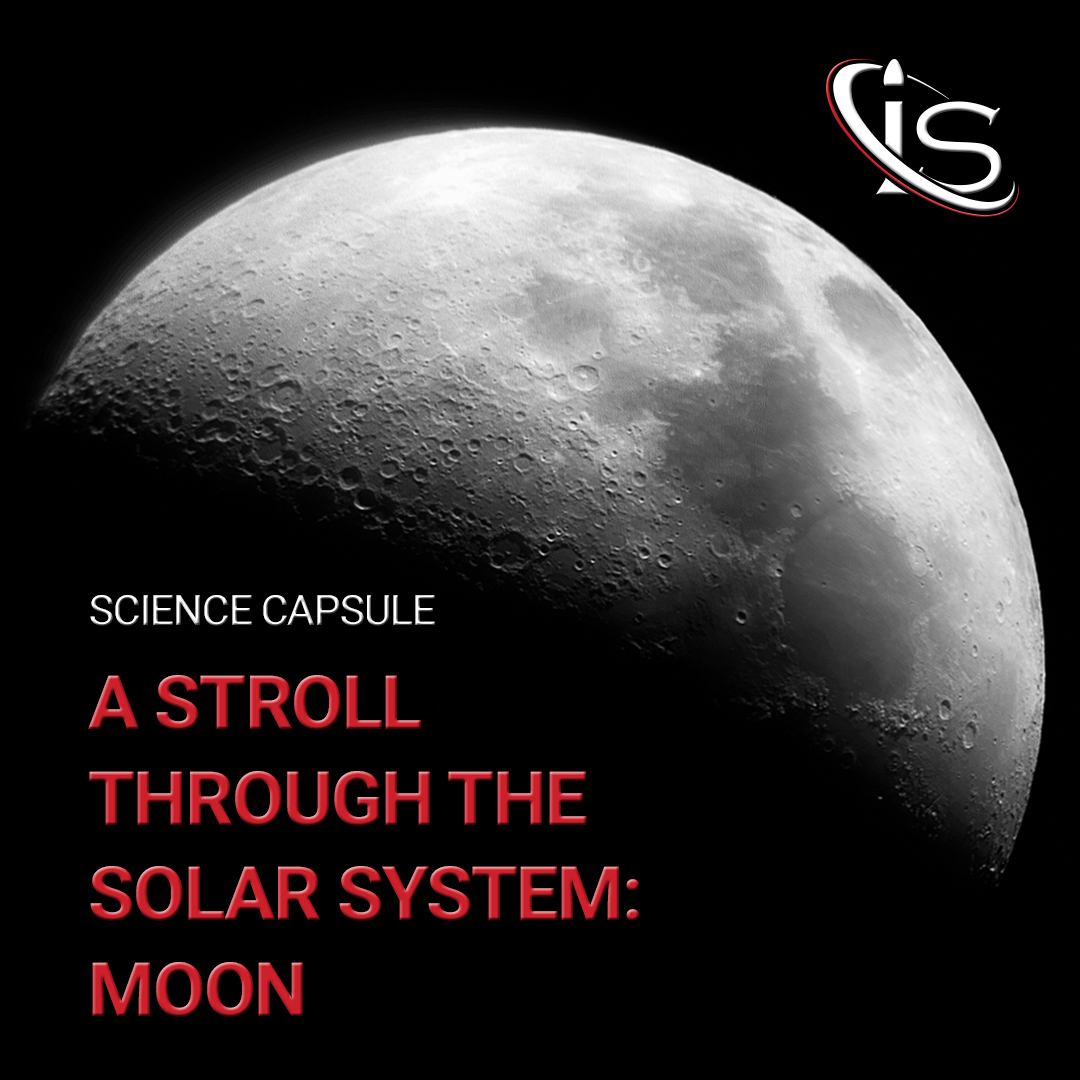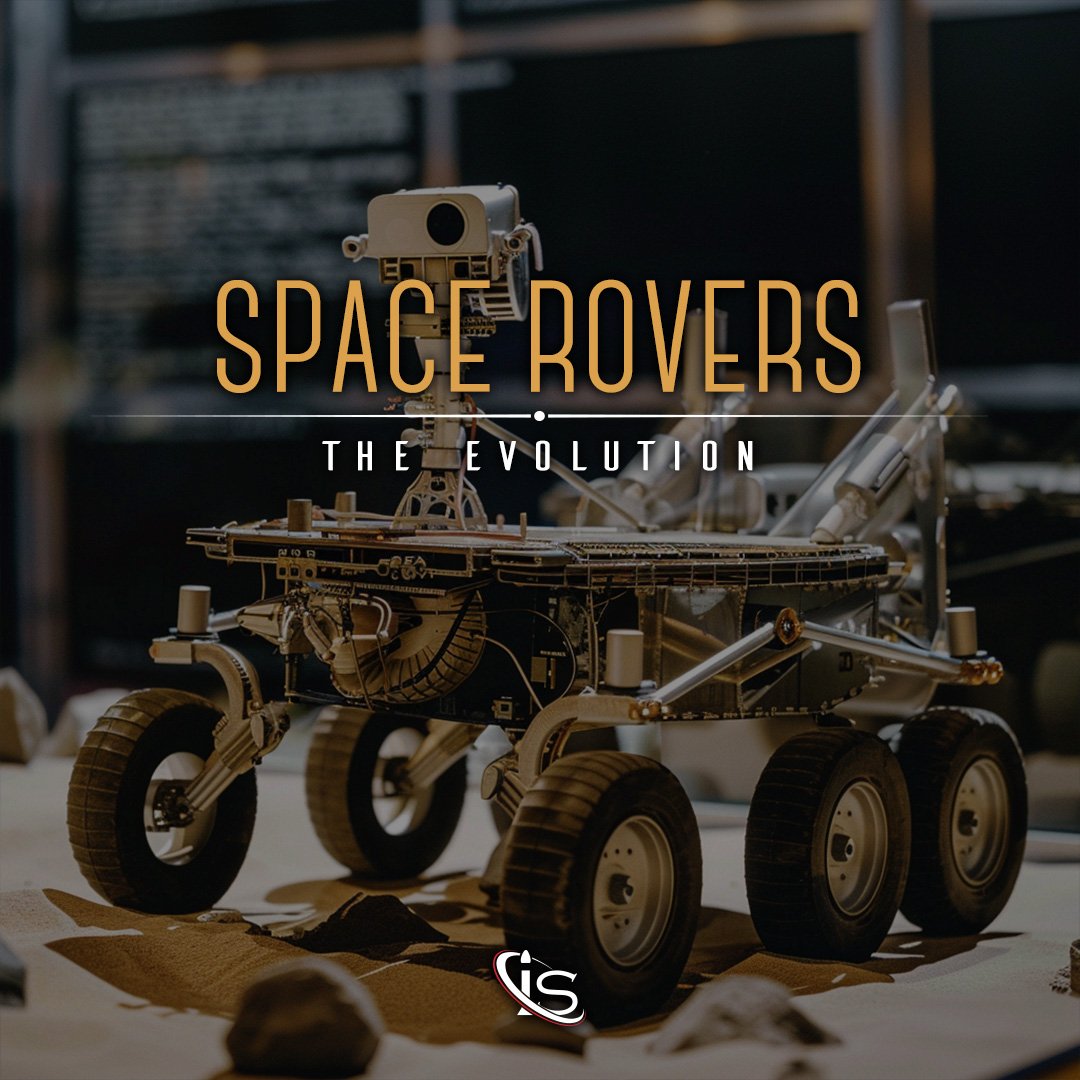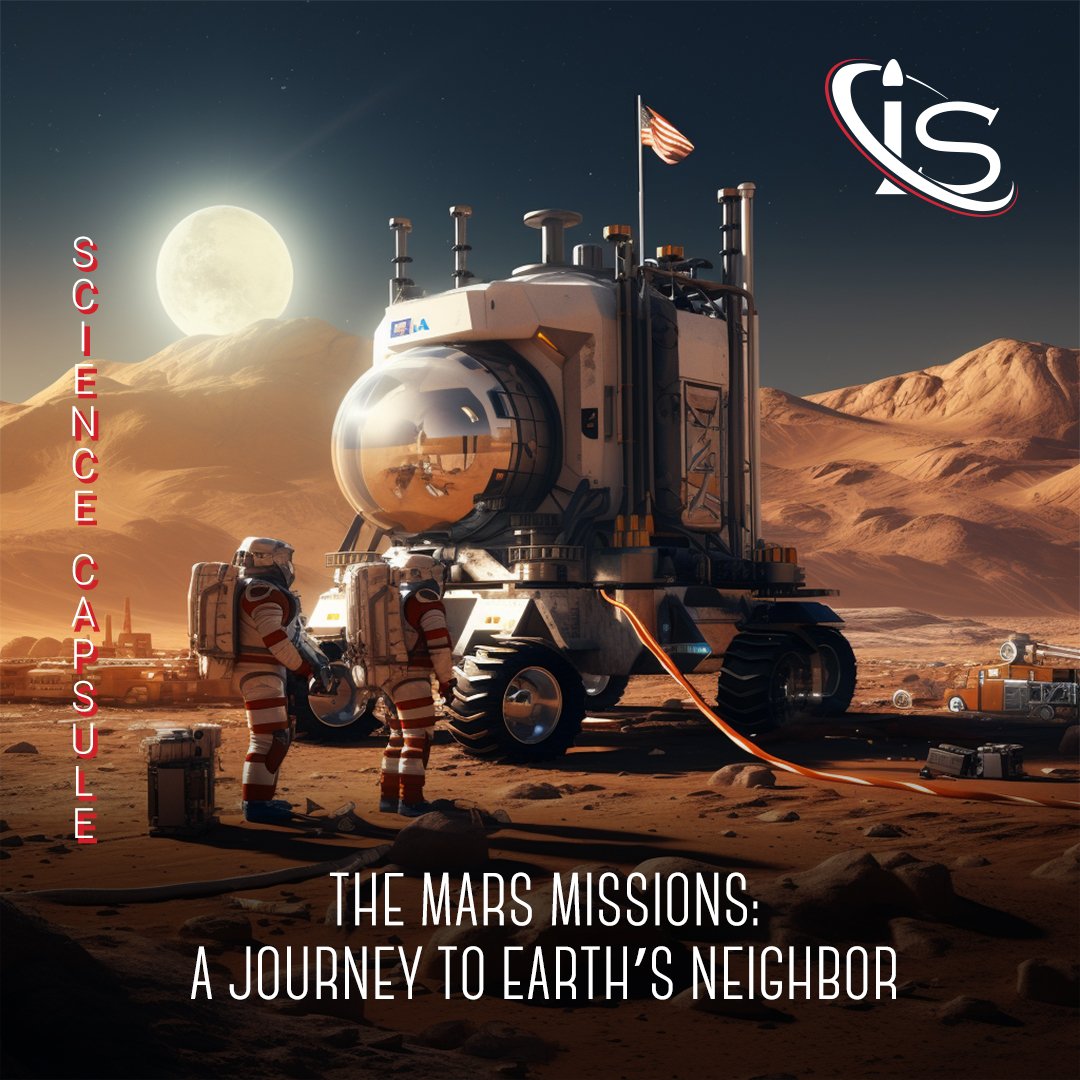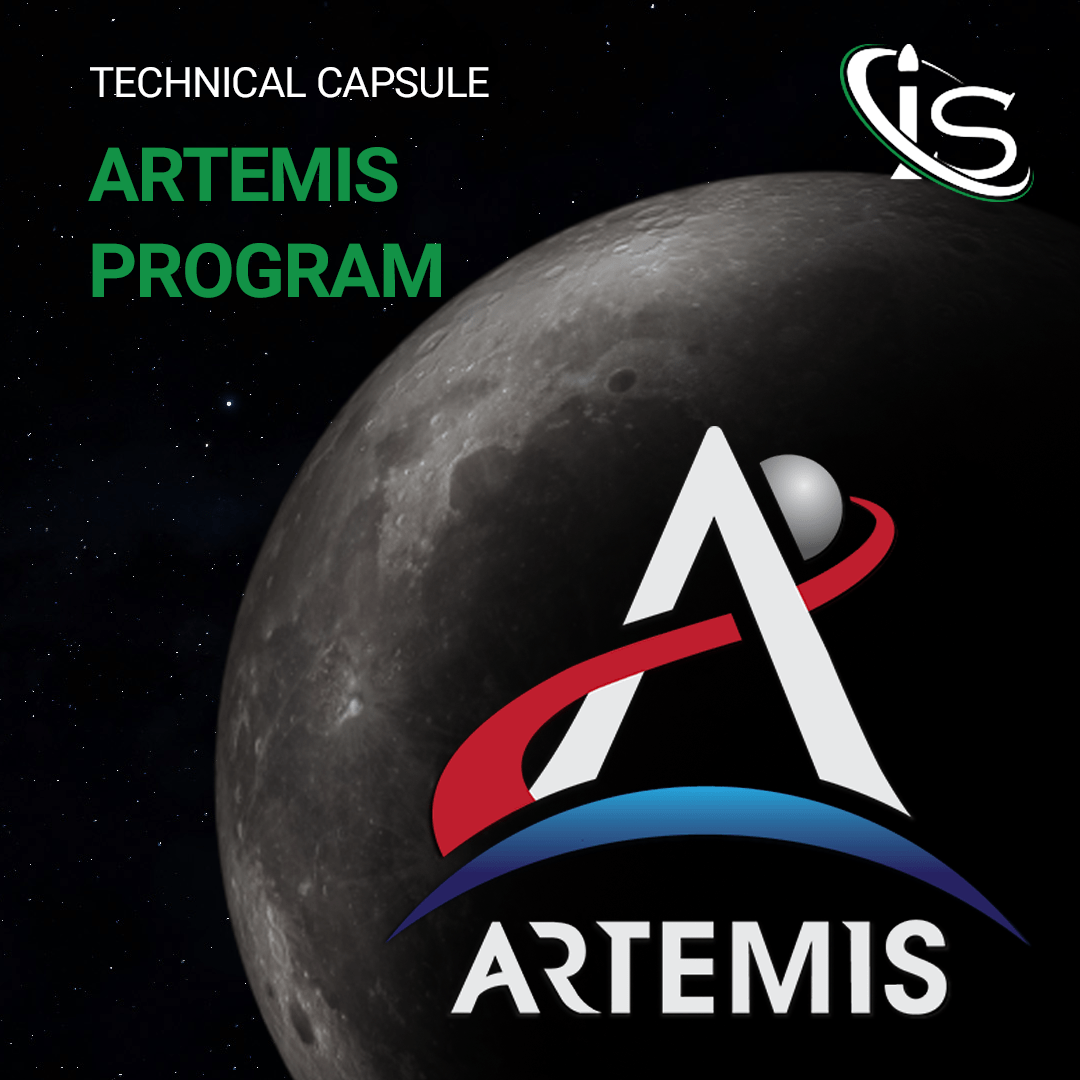The recent resurgence of lunar programs has led to many interesting missions. From NASA’s Artemis program to India’s first moon landing with Chandrayaan-3, the past couple years have been filled with excitement when it comes to exploring Earth’s satellite. And joining the ranks of fascinating missions, we have China’s Chang’e program. That includes its latest mission, Chang’e 6, which launched on May 3rd, 2024, with a rather ambitious goal. Returning samples from the dark side of the Moon. So, let’s take a look at what is behind this audacious undertaking in today’s science capsule.
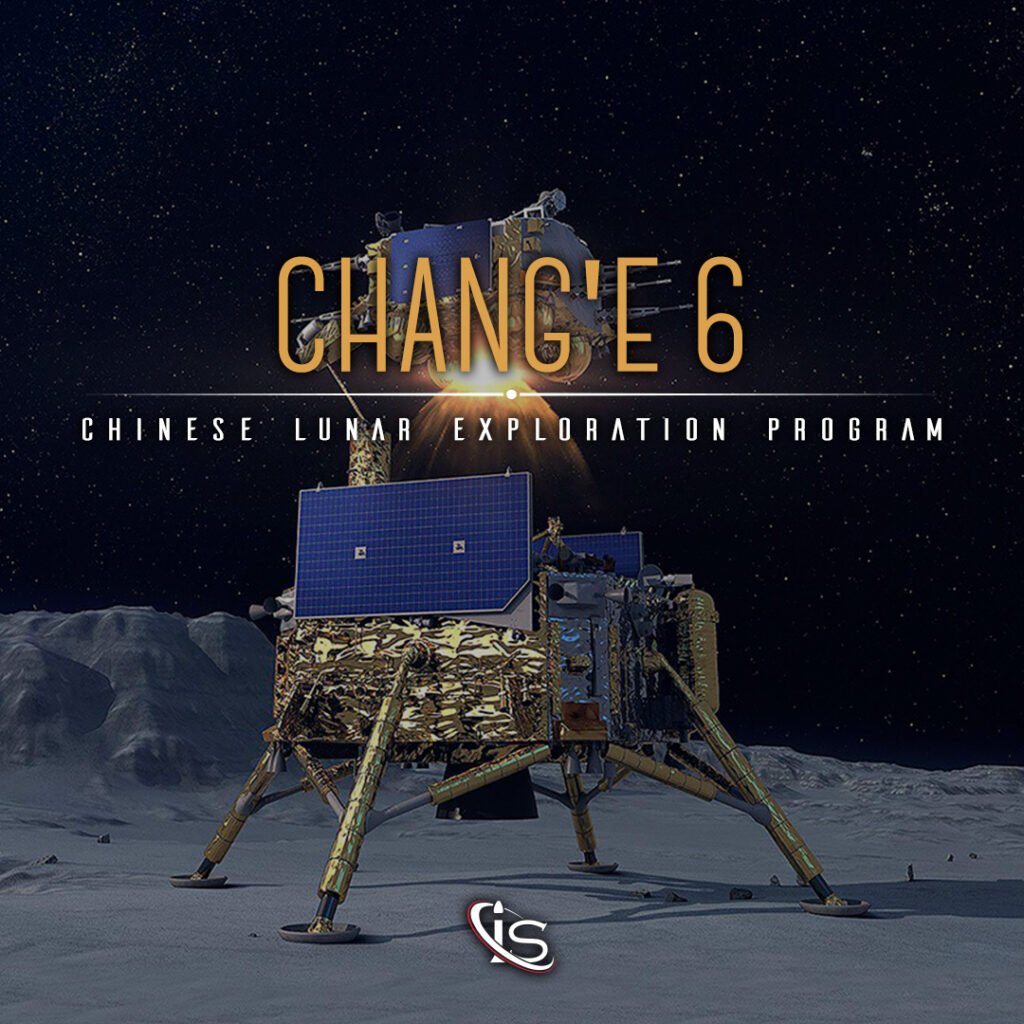
The Chang’e Program
Before getting to Chang’e 6, specifically, it seems like a rather good idea to discuss the program as a whole. The Chinese Lunar Exploration Program had its first mission launch on October 24th, 2007. Its name, Chanh’e, come, quite aptly, from that of the Chinese Moon Goddess. As Chang’e 6 might suggest, this program has had a total of 6 missions. so far, albeit Chang’e 5 was split into 2 separate launches. So, let’s briefly discuss the objective of each previous one, before shifting our focus to the ongoing Chang’e 6.
The Lunar (Program) Phases
The program can be broadly divided into 4 separate phases. In order they are: Phase I orbital missions; Phase II: Soft landers/rovers; Phase III: Sample-return; Phase IV: Lunar Robotic Research Station. Chang’e missions 1 and 2 fall into the first phase, as they both consisted in sending to lunar orbiters to the Moon. 3 and 4 made up Phase II and included sending lunar rovers over to our satellite. The rover used in Cheng’e 4, Yutu-2, also became the first to explore the far side of the Moon. And it is the longest lasting lunar rover to date.
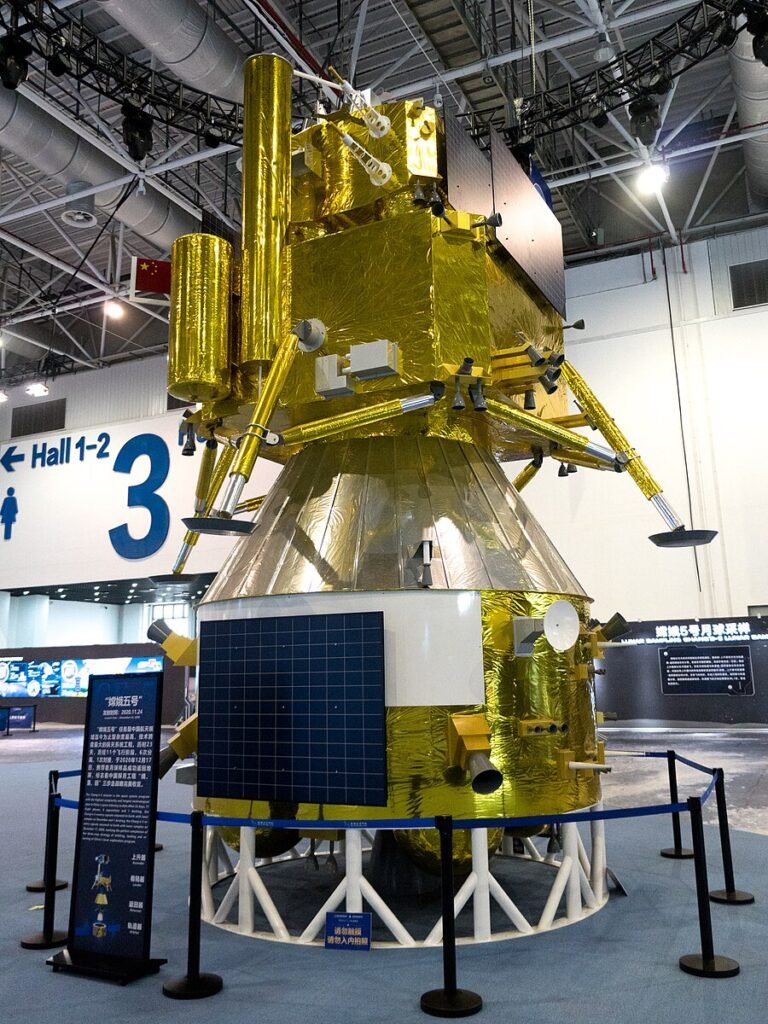
Phase III, on the other, was made up entirely by the two Chang’e 5 missions, Chang’e 5-T1 and Chang’e 5. The former was used as a test of the spacecraft that was to be tasked with returning lunar samples. The latter is the most recent completed Chang’e mission, and it successfully returned 1,731 g worth of lunar samples to Earth. One thing that is worth pointing out is that these phases were not strictly separated in time. For example, Chang’e 5-T1 launched in 2014, while Chang’e 4 launched in 2018. But now, let’s get to talking about the most recent addition to these missions.
Chang’e 6
Having launched just earlier this month, Chang’e 6 is very much in the middle of its mission. However, it has already reached lunar orbit and, by the time this article comes out, should have started on its lunar research as well. But let’s talk about what is going to make said research possible, the spacecrafts aboard Chang’e 6. There are a total of three aboard this mission and they are the orbiter, the lander, and the rover.
The first carries the Pakistani ICUBE-Q CubeSat, equipped with two cameras to image the lunar surface and obtain data on the lunar magnetic field. The lander, on the other hand, carries on it three separate scientific payloads. The Italian INRRI (INstrument for landing-Roving laser Retroreflector Investigations), which will use a retroreflector to measure the exact distances from the lander to orbit. The French DORN (Detection of Outgassing Radon), which will study the transport of lunar dust and other similar objects between the lunar regolith and exosphere. And the Swedish NILS (Negative Ions on Lunar Surface), which will measure the negative ions reflected by the lunar surface. As for the last piece of the puzzle, the rover, it is equipped with an imaging infrared spectrometer to research the lunar surface and look into the presence of ice in the lunar soil.
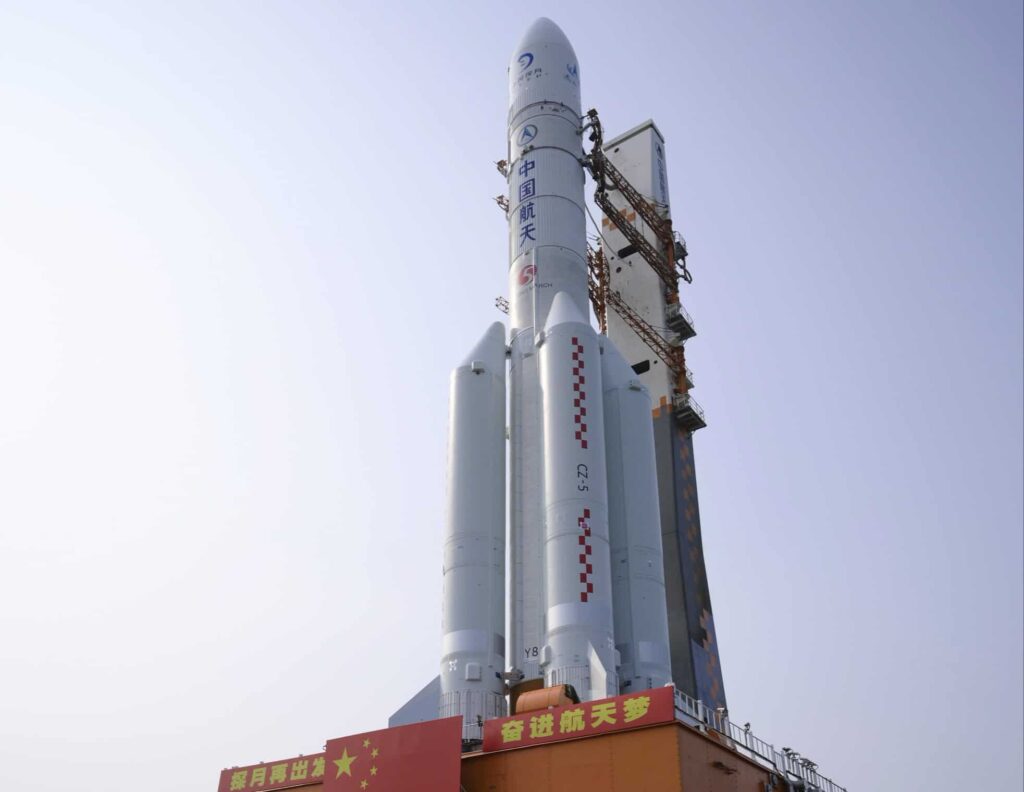
Another crucial part of this mission is the communication with Earth. Given that the far side of the Moon is tidally locked to face away from our planet, communicating with equipment there is harder than it is on the near side. To help navigate this obstacle, China launched the Queqiao 2 satellite, earlier this year. This satellite was placed in a lunar elliptical orbit in March and is going to facilitate communications with Chang’e 6.
The Future of the Chang’e Program
While we may still be waiting for Chang’e 6 to finish its mission, plans have already been underway for the future of the Chinese Lunar Exploration Program. First off, we have the other two missions scheduled for phase IV, Chang’e 7 and 8. The former is set to take place in two years’ time, in 2026, and will explore the Moon’s south pole for resources. It will also carry an orbiter, a lander, and a mini flying probe to help with its mission.
Chang’e 8, on the other hand, is set to launch in 2028 and has the aim to verify resource development and utilization technologies on the Moon. The equipment that may be included in the mission is not yet confirmed but may consist of the following. A rover, a lander, a flying detector, and a 3D printing experiment that will utilize in situ resource utilization (ISRU). Part of its mission will also be to test technology for a lunar base.
Crewed Missions and the International Moon Base
There are two more topics to discuss when it comes to this program. The first is, in a way, the culmination of the Chang’e missions: sending a crewed spacecraft to the Moon. The plan is to utilize two spacecrafts to get two astronauts on the Moon by 2030. These would be the Mengzhou crewed spacecraft and the Lanyue crewed lunar lander. While there are no official dates yet, the idea has been in the works since 2019.
The final topic to touch on connected to the Chang’e program is the building of an international Moon base. This effort was spearheaded by China and Russia, with the announcement for it coming in 2021. However, after inviting more countries, China announced that the project for the International Lunar Research Station Corporation Organization will include all of the following: China, Russia, South Africa, Belarus, Azerbaijan, Venezuela, Pakistan and Egypt. For now, though, we wait to see how this will develop.
And with that, we have come to the end of another capsule. I hope you enjoyed learning more about China’s Lunar Exploration Program. Let us know what topic you would like to see covered next. And I will see you all for the next article, right here, at impulso.space.
